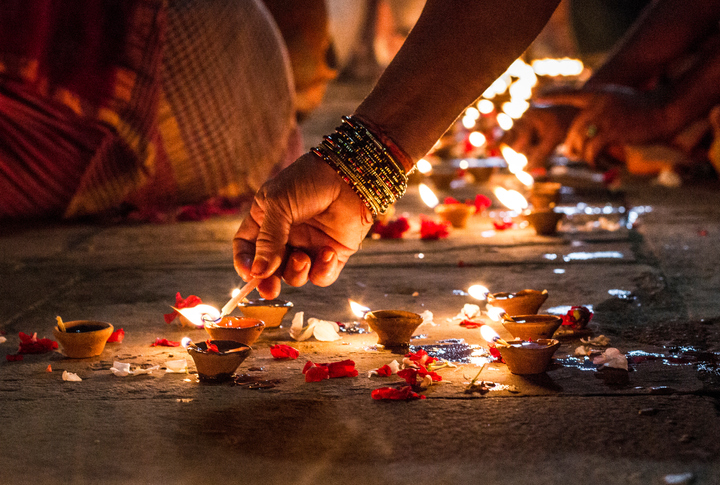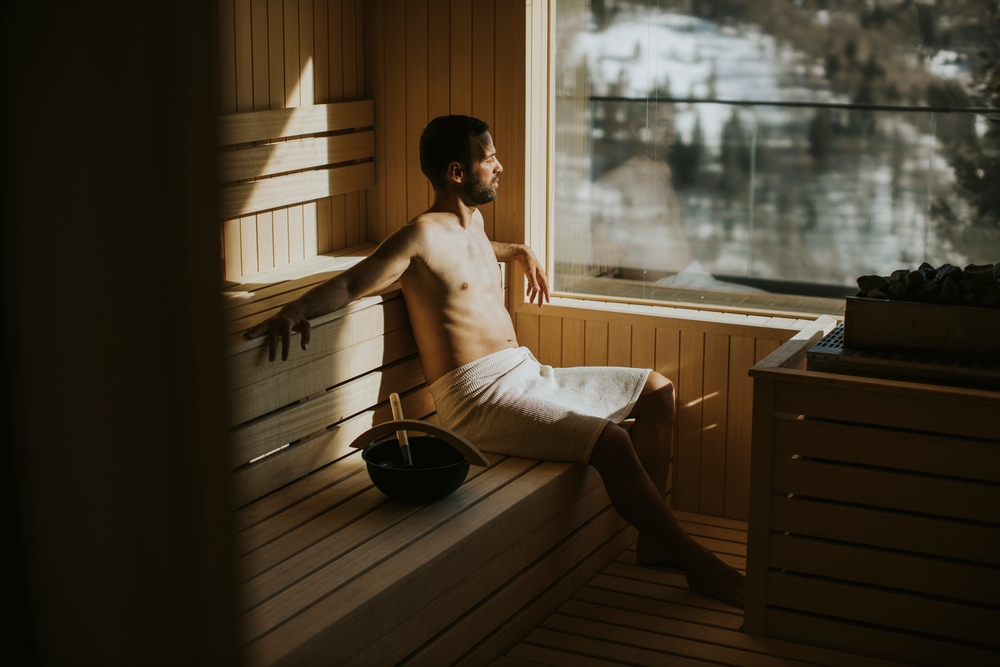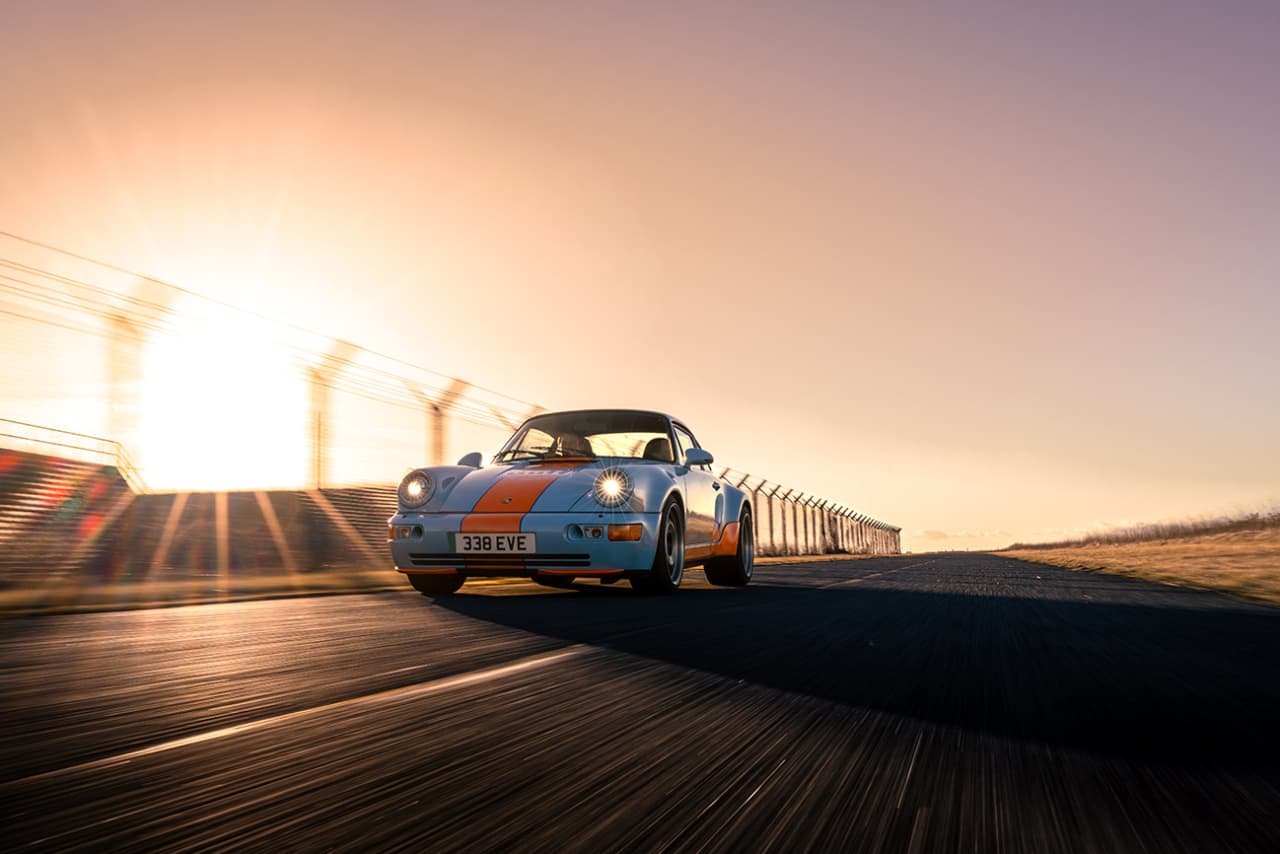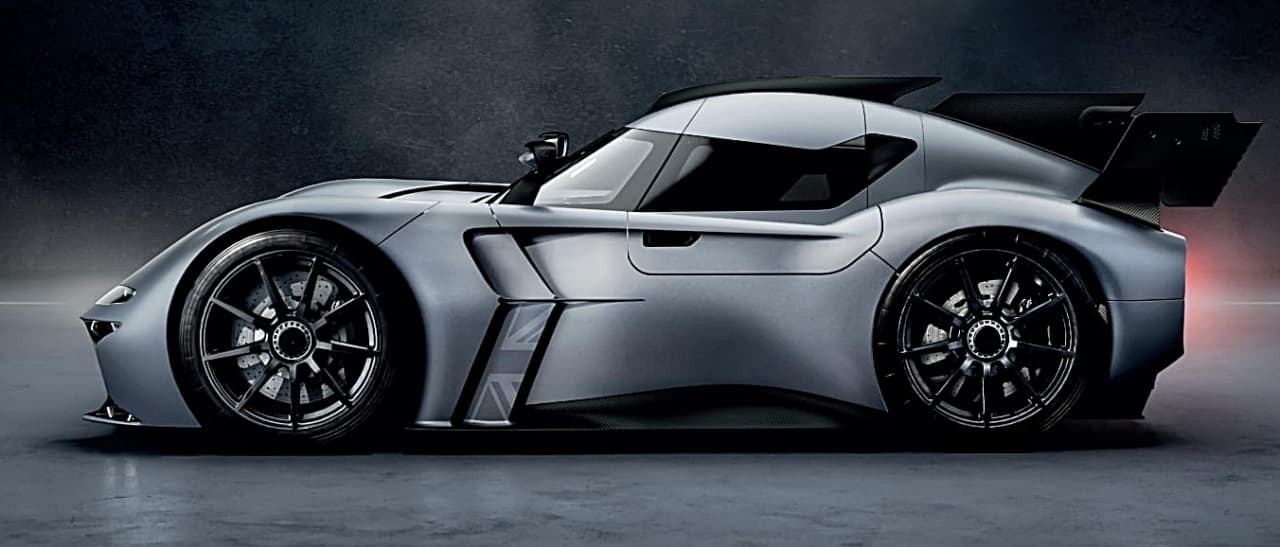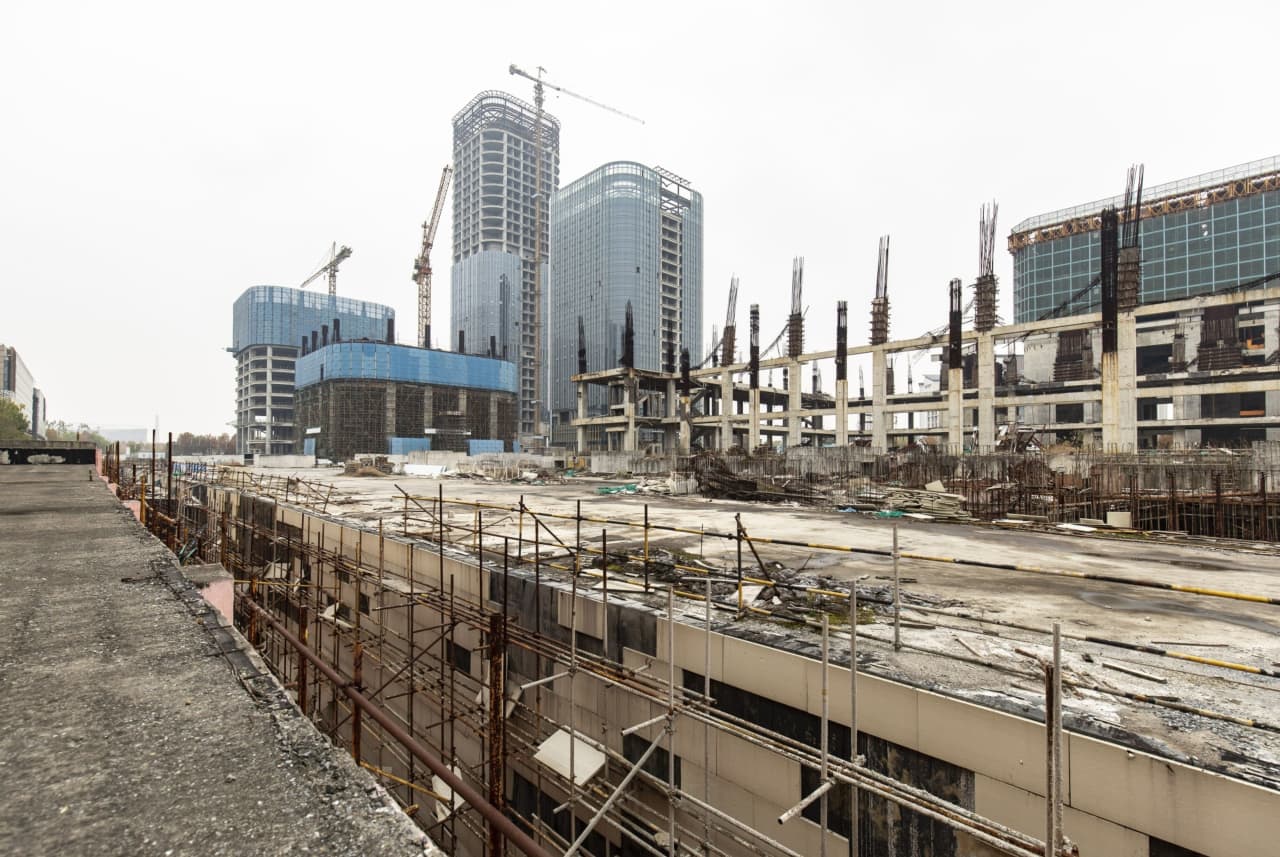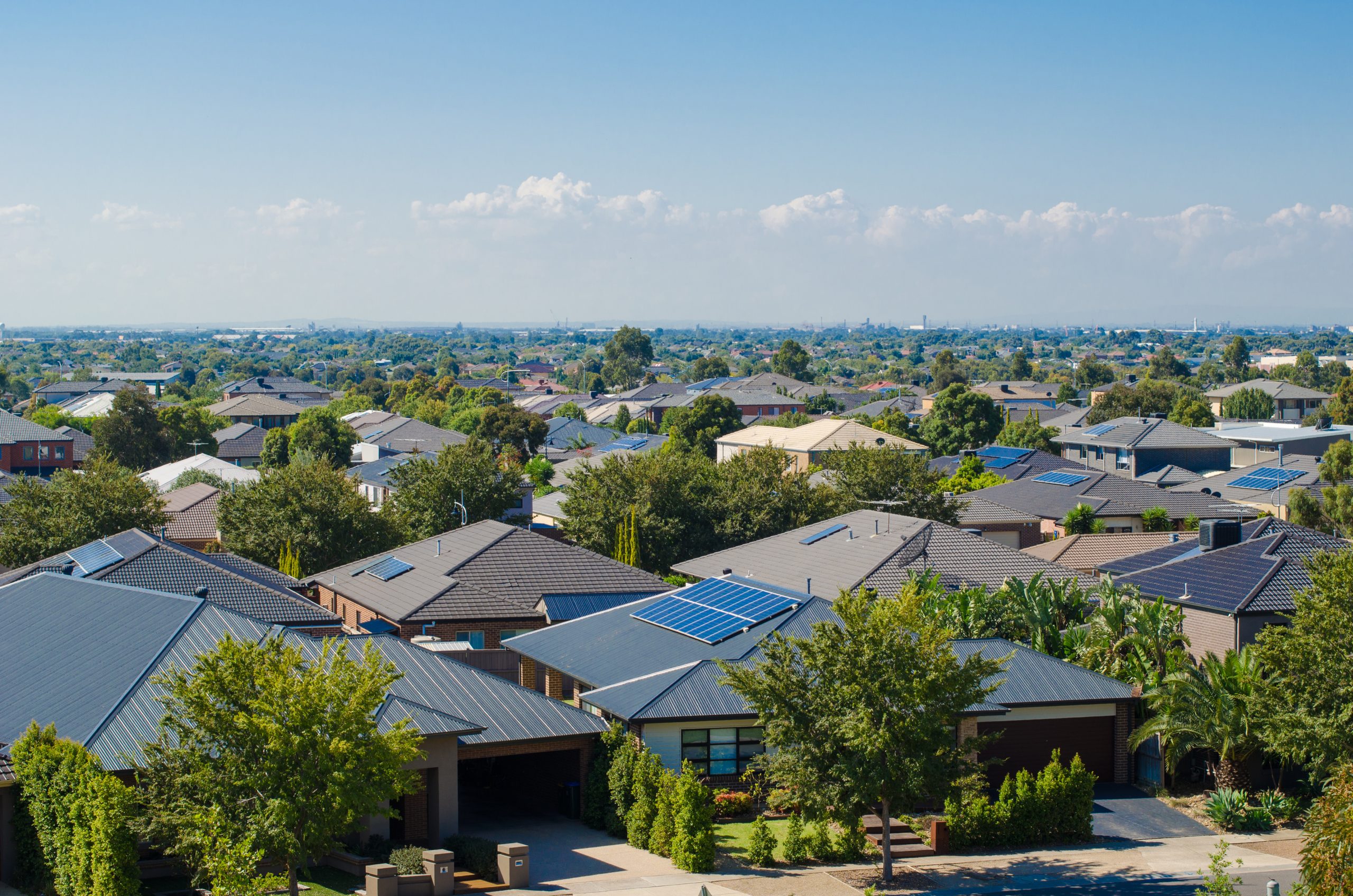India’s Diwali Spending Season Shows a Lingering Pandemic Divide
Goods catering to India’s wealthiest are doing well, while demand for entry-level appliances and products appears to be more sluggish
India’s peak retail season, which culminates soon after the Diwali festival, is showing signs of robust shopping despite higher prices. But an uneven return to discretionary spending among India’s consumers could spell challenges ahead for the economy, companies and economists say.
This festival season, retail sales in India’s stores are expected to be around $18 billion, up 50% from the same period last year and nearly double those in the pre-pandemic year of 2019, according to the Confederation of All India Traders.
“After two years, the current Diwali festivity will be celebrated with no Covid restrictions, which is prompting the consumers to throng the commercial markets,” said Praveen Khandelwal, secretary general of the trade association. Prices of goods have gone up 10% to 15% since 2019, he added.
Yet this season’s spending shares a key feature of India’s overall recovery—goods catering to India’s tiny sliver of its very wealthiest are doing well, while demand for entry-level appliances and products appears to be more sluggish. India’s economy grew 13.5% from April to June, partly driven by robust growth in spending.
“Post Covid, we really see the divide between the rich and the poor expanding,” said Manish Raj Singhania, president of the Federation of Automobile Dealers Associations, an industry group. As an example, Mr. Singhania pointed to the gap between demand for luxury cars versus motorcycles and scooters, the first vehicle that many Indian families can afford.
Despite being more expensive than before the pandemic, waiting lists for premium cars such as those from BMW and Mercedes-Benz that cost more than 6 million rupees, equivalent to $73,000, are so long that buyers have to wait on average four months to get delivery, he said. “It’s that crazy,” Mr. Singhania said.
The delays are partly due to supply-chain issues, but also because demand has outstripped production. The number of luxury cars registered in India in the first nine months are up 28% compared with last year, according to the automobile dealers group, though they remain 12% below sales in the same period in 2019.
Meanwhile, at the other end of the income spectrum, there has been lacklustre growth in sales for two-wheelers, especially the cheapest variants costing around 60,000 rupees. In the first nine months of this year, sales of all two-wheelers were around 12.7% higher than the same period last year but 18% lower than in the same period in 2019, according to the automobile dealers group.
Narendra Kumar, a resident of a village in the northern Indian state of Uttar Pradesh, said he had saved up to buy a motorcycle two years ago. It would have been the first motorised vehicle in his home. But the Covid-19 lockdowns, followed by two years of reduced farm income—the mainstay of Mr. Kumar’s household—depleted his savings.
Now, buying the bike looks harder than ever to the 23-year-old. The bike’s price has risen by 60%, Mr. Kumar said, while his family’s earnings aren’t back to pre-pandemic levels.
“Whatever plans one had have gotten off track,” he said.
Income inequality has long been reflected in India’s consumption, with the Boston Consulting Group predicting in a 2020 report that the share of spending by the most affluent households—those earning one million rupees a year or more—would grow from 33% of household consumption in 2019 to about half in 2030. India relies on consumption for more than half of its economic growth.
Still, new entrants to the lower rungs of the middle class in the country of more than 1.3 billion people have also been a significant contributor to the economy, especially for certain product categories in a country where per capita income hovers around $2,200 a year.
“At some point, the destiny of the two are related,” said Pranjul Bhandari, chief India economist at HSBC Securities & Capital Markets (India) Pvt. If a big segment of the population is not doing well, it would limit the ability of companies’ to grow and earn profits, she said. “We’ll be punching below our weight,” Ms. Bhandari said.
India’s economy still appears to be a bright spot compared with countries that are bracing for a sharp slowdown, and possibly recession. It could expand by 6.8% in the financial year that ends in March 2023, estimates the International Monetary Fund.
That, however, marks a downgrade from the 7.4% growth the IMF had forecast in July. India isn’t immune to the global headwinds from Russia’s war in Ukraine, which have sent food and fuel prices up, and from interest rate increases in the U.S. India’s rupee has deteriorated to all-time lows against the U.S. dollar, making its import bill more expensive.
Inflation crossed 7% in September, and the central bank has raised interest rates four times this year.
Against this backdrop, lower middle-class consumers—especially in rural areas—are likely to pause before spending on goods that aren’t daily necessities.
Shilpi Jain, an analyst with Counterpoint Technology Market Research, said premium smartphones, those costing above 30,000 rupees ($360), have been doing well ahead of Diwali. In the first six months of this year, demand for the phones rose 26% compared with the same period a year ago. However, the demand for phones that cost less than 8,000 rupees, was 24% lower than the first six months of last year.
Because of shortages in imported components earlier this year, and an increase in their prices, mobile phone companies haven’t offered deals on low-end smartphones this Diwali, Ms. Jain said.
Meanwhile, for refrigerators, sales of smaller, single-door variants have declined by around 15% this year compared with pre-pandemic levels, whereas sales for larger, double-door refrigerators are up by around 30%, said Eric Braganza, president of the Consumer Electronics and Appliances Manufacturers Association.
Some companies are already deploying resources to meet demand from higher-end consumers. The Indian unit of appliance-maker Whirlpool Corp. said in September that it had started manufacturing premium, front-loading washing machines at its factory in south India.
“The kinds of consumers who are buying mid- and premium are actually splurging much more,” Whirlpool Managing Director Vishal Bhola told an Indian business news channel.
Entry-level consumers include the hundreds of thousands of workers who went back to their villages after a nationwide lockdown was imposed in March 2020, leaving them without earnings for a long stretch. India’s economy didn’t fully reopen in 2021 either, as the country grappled with the deadly Delta variant of the coronavirus.
Some labourers remained in their villages even as cities reopened, making do with lower incomes.
Mr. Kumar, the 23-year-old who had to put off his motorcycle purchase, graduated from college in 2020. But because of the lockdowns, he couldn’t travel to a large city to seek work. Eventually, he enrolled in a master’s degree in horticulture, which used up his savings, he said.
Meanwhile, erratic weather conditions reduced produce at his family’s small farm during the past two years. He is worried that unseasonal rains this month could hurt this year’s harvest of rice as well. The upshot: Diwali festivities at his home will be curtailed, with fewer firecrackers and other treats, Mr. Kumar said.
“How will we burst crackers when the pocket is completely empty?” he said.
 Copyright 2020, Dow Jones & Company, Inc. All Rights Reserved Worldwide. LEARN MORE
Copyright 2020, Dow Jones & Company, Inc. All Rights Reserved Worldwide. LEARN MORE
This stylish family home combines a classic palette and finishes with a flexible floorplan
Just 55 minutes from Sydney, make this your creative getaway located in the majestic Hawkesbury region.
The latest trend in wellness travel is somewhere between a spa trip and a doctor’s appointment
For some vacationers, the ideal getaway involves $1,200 ozone therapy or an $1,800 early-detection cancer test.
Call it the longevity vacation. People who are fixated on optimising their personal health are pursuing travel activities that they hope will help them stay healthier for longer. It is part of a broader interest in longevity that often extends beyond traditional medicine . These costly trips and treatments are rising in popularity as money pours into the global wellness travel market.
At high-end resorts, guests can now find biological age testing, poolside vitamin IV drips, and stem-cell therapy. Prices can range from hundreds of dollars for shots and drips to tens of thousands for more invasive procedures, which go well beyond standard wellness offerings like yoga, massages or facials.
Some longevity-inspired trips focus on treatments, while others focus more on social and lifestyle changes. This includes programs that promise to teach travellers the secrets of centenarians .
Mark Blaskovich, 66 years old, spent $4,500 on a five-night trip last year centred on lessons from the world’s “Blue Zones,” places including Sardinia, Italy, and Okinawa, Japan, where a high number of people live for at least 100 years. Blaskovich says he wanted to get on a healthier path as he started to feel the effects of ageing.
He chose a retreat at Modern Elder Academy in Mexico, where he attended workshops detailing the power of supportive relationships, embracing a plant-based diet and incorporating natural movement into his daily life.
“I’ve been interested in longevity and trying to figure out how to live longer and live healthier,” says Blaskovich.
Vitamins and ozone
When Christy Menzies noticed nurses behind a curtained-off area at the Four Seasons Resort Maui in Hawaii on a family vacation in 2022, she assumed it might be Covid-19 testing. They were actually injecting guests with vitamin B12.
Menzies, 40, who runs a travel agency, escaped to the longevity clinic between trips to the beach, pool and kids’ club, where she reclined in a leather chair, and received a 30-minute vitamin IV infusion.
“You’re making investments in your wellness, your health, your body,” says Menzies, who adds that she felt more energised afterward.
The resort has been expanding its offerings since opening a longevity centre in 2021. A multi-day treatment package including ozone therapy, stem-cell therapy and a “fountain of youth” infusion, costs $44,000. Roughly half a dozen guests have shelled out for that package since it made its debut last year, according to Pat Makozak, the resort’s senior spa director. Guests can also opt for an early-detection cancer blood test for $1,800.
The ozone therapy, which involves withdrawing blood, dissolving ozone gas into it, and reintroducing it into the body through an IV, is particularly popular, says Makozak. The procedure is typically administered by a registered nurse, takes upward of an hour and costs $1,200.
Longevity vacationers are helping to fuel the global wellness tourism market, which is expected to surpass $1 trillion in 2024, up from $439 billion in 2012, according to the nonprofit Global Wellness Institute. About 13% of U.S. travellers took part in spa or wellness activities while traveling in the past 12 months, according to a 2023 survey from market-research group Phocuswright.
Canyon Ranch, which has multiple wellness resorts across the country, earlier this year introduced a five-night “Longevity Life” program, starting at $6,750, that includes health-span coaching, bone-density scans and longevity-focused sessions on spirituality and nutrition.
The idea is that people will return for an evaluation regularly to monitor progress, says Mark Kovacs, the vice president of health and performance.
What doctors say
Doctors preach caution, noting many of these treatments are unlikely to have been approved by the Food and Drug Administration, producing a placebo effect at best and carrying the potential for harm at worst. Procedures that involve puncturing the skin, such as ozone therapy or an IV drip, risk possible infection, contamination and drug interactions.
“Right now there isn’t a single proven treatment that would prolong the life of someone who’s already healthy,” says Dr. Mark Loafman, a family-medicine doctor in Chicago. “If it sounds too good to be true, it probably is.”
Some studies on certain noninvasive wellness treatments, like saunas or cold plunges , do suggest they may help people feel less stressed, or provide some temporary pain relief or sleep improvement.
Linda True, a policy analyst in San Francisco, spent a day at RAKxa, a wellness retreat on a visit to family in Thailand in February. True, 46, declined the more medical-sounding offerings, like an IV drip, and opted for a traditional style of Thai massage that involved fire and is touted as a “detoxification therapy.”
“People want to spend money on things that they feel might be doing good,” says Dr. Tamsin Lewis, medical adviser at RoseBar Longevity at Six Senses Ibiza, a longevity club that opened last year, whose menu includes offerings such as cryotherapy, infrared sauna and a “Longevity Boost” IV.
RoseBar says there is good evidence that reducing stress contributes to longevity, and Lewis says she doesn’t offer false promises about treatments’ efficacy . Kovacs says Canyon Ranch uses the latest science and personal data to help make evidence-based recommendations.
Jaclyn Sienna India owns a membership-based, ultra luxury travel company that serves people whose net worth exceeds $100 million, many of whom give priority to longevity, she says. She has planned trips for clients to Blue Zones, where there are a large number of centenarians. On one in February, her company arranged a $250,000 weeklong stay for a family of three to Okinawa that included daily meditation, therapeutic massages and cooking classes, she says.
India says keeping up with a longevity-focused lifestyle requires more than one treatment and is cost-prohibitive for most people.
Doctors say travellers may be more likely to glean health benefits from focusing on a common vacation goal : just relaxing.
Dr. Karen Studer, a physician and assistant professor of preventive medicine at Loma Linda University Health says lowering your stress levels is linked to myriad short- and long-term health benefits.
“It may be what you’re getting from these expensive treatments is just a natural effect of going on vacation, decreasing stress, eating better and exercising more.”
Just 55 minutes from Sydney, make this your creative getaway located in the majestic Hawkesbury region.
This stylish family home combines a classic palette and finishes with a flexible floorplan









